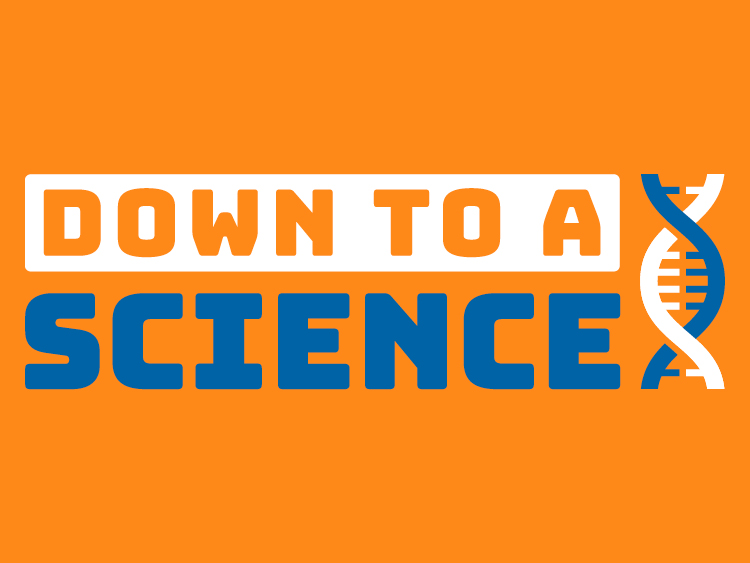Materials to Collect
- Empty clear bottle (any size, but 1 liter works well)
- Water
- Oil (vegetable or other liquid oil)
- Food coloring
- Oil-based food coloring (optional)
- Glitter (optional)
- Alka-Seltzer or other effervescent tablets
- Small light to place your lamp on (optional)
Build it!
Fill about 3/4 of your bottle with water (you can always add more later!). Put some oil in a pourable measuring cup (around 1 cup, you can always add more to your creation later). If you like, add food coloring to your water using regular food coloring. Next, add the oil-based food coloring to your oil. Now, pour the oil into the bottle with the water. You can also add some glitter or other small things that will float to your lamp.
Finally, add a tablet of the Alka-Seltzer and watch the fizzy action! Be sure to leave the top off the bottle, so the pressure doesn’t build up inside!
What is the Science?
You are able to see the two liquids so clearly because oil is less dense than water, therefore it will float on top of the water and the two will separate when mixed.
In addition, water molecules are “polar,” which means they have an uneven electrical charge that attracts other atoms. A water molecule has one oxygen atom and two hydrogen atoms. The end of the water molecule with the two hydrogen atoms is positively charged. The other end, with the oxygen, is negatively charged. Just like a magnet, where north poles are attracted to south poles (“opposites attract”), the positive end of the water molecule will connect with the negative end of other molecules. Oil molecules, however, are non-polar— they don’t have a positive or negative charge, so they are not attracted to the water molecules at all. This is why oil and water don’t mix!
When you add the Alka-Seltzer, the tablet dissolves in the water and produces carbon dioxide gas. This gas rises to the surface, taking some water with it. The water with the gas is now less dense than the oil, and rises through it. When the gas is released at the surface, the water sinks back down, and some mixing occurs.
If you can, place a small light under or next to your lamp. Just be sure it does not get too hot, you don’t want to melt the plastic bottle!
Have fun!
Ask Your Young Scientists
As you are adding the oil to the water, ask your young scientist what they notice. Where is the oil going? Why do you think it is on top? Why do some things float and others sink? Ask them what the bubbles do to the two liquids.
More to Explore
If you like, encourage more sinking and floating activities, for younger children this can be as simple as filling a small tub with water and testing to see which items sink and which float, have them make predictions first though!
For older children, test different liquids in water to see if you can create even more layers! Here’s a great one from Steve Spangler: https://www.stevespanglerscience.com/lab/experiments/density-tower-magic-with-science/

Andrew Fotta is a STEM educator at the Connecticut Science Center. He has currently holds a CT teaching certification for grades K-6, and has spent time in the classroom in nearly all grades, and taught middle school science. In addition to teaching classes for the Science Center, Andrew is also part of a team of educators currently creating new programs aligned with the new Next Generation Science Standards for grades PreK-9. Andrew is an avid photographer, who enjoys blending science and art in his work.



